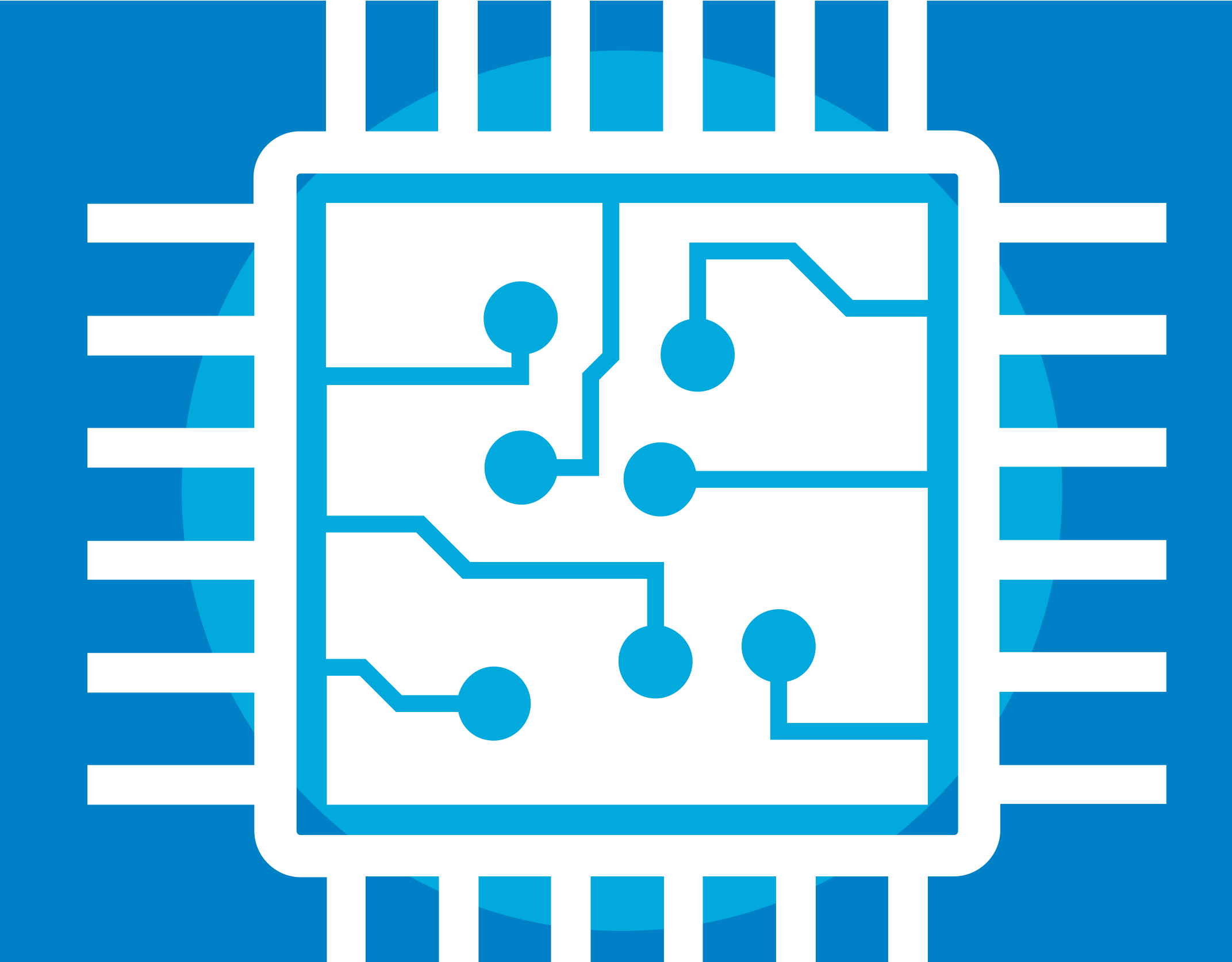In association withLumen
Computing at
the cutting edge
The operating room is quiet as a complex and risky urological procedure begins. The surgeon works in tandem with a robot that can reach tiny areas of the patient’s anatomy unattainable by human hands. The robot interacts with a powerful artificial intelligence software program, receiving second-by-second instructions on how to make the most precise incisions in real time. With the procedure complete in record time, the surgeon closes the surgical opening, satisfied that the patient will make a full recovery much faster than would have happened with traditional techniques.
This seemingly futuristic example is actually current. Driven by advancement in physical, digital, and biotechnologies, the advent of the fourth industrial revolution—the data-driven successor of steam- and semiconductor-powered work eras—means governments, industries, individual businesses, and society stand to benefit from powerful applications such as robotic surgery, self-driving cars, smart factories, advanced telemedicine, predictive analytics, and more.
computing market, 2019
computing market, 2027
But current information technology (IT) infrastructures consisting of cloud, on-premises systems, and centralized data centers are insufficient to run such applications. Traditional infrastructure is not optimized to support the vast amounts of data that need to travel back and forth to applications with lightning-fast speed, with virtually no delay, or latency, in the delivery of data. With edge computing, data and computational power reside closer to the data sources and applications that use them—often in the same metro areas, rather than in giant, far-flung cloud data centers—enabling high performance for cutting-edge applications that rely on real time data.
It’s now possible to distribute applications in a wide variety of locations—inside a corporation, out in the field, in a store, at a hospital, on a manufacturing production line. Tapping into real-time data capabilities with software, hardware, and storage that are physically near applications reduces latency and optimizes bandwidth, provides robust security, and cuts costs.
There is a growing realization among IT decision-makers that edge computing is vital to the future. According to a 2020 survey of 900 IT professionals by Turbonomic, nearly 50% of organizations use or plan to use edge computing in the next 18 months. And Gartner reports that by 2022, 50% of business-generated data will be created and processed outside of a traditional data center or cloud, up from less than 10% in 2019. Top executives across industries increasingly view the speed enabled by edge computing as an emerging competitive differentiator.
Cost of bandwidth and centralized infrastructure
Data protection related to negative impact on operations
Latency limitations
Compliance with local governments and industry regulations
Need for continuous operation
A soft sell in retail
IDC predicts that by 2023 more than 50% of new enterprise IT infrastructure deployed will be at the edge rather than in corporate data centers, up from less than 10% in 2020. By 2024, the number of apps at the edge will increase 800%. This growth is led by host of industries: edge computing enables innovations in retail, health care, and manufacturing. For example, retailers can deploy video analytics technologies on an edge computing node, or piece of hardware with storage and networking capabilities, located near their store locations, enabling them to predict theft.
“The video analytics system operates at the edge, analyzing customer movements to detect behaviors in real time that are predictive of theft,” a workload that is unsuited to public cloud for speed and cost reasons, says Paul Savill, senior vice president of product management and services at technology company Lumen, which offers an edge computing platform. There’s no need to deploy edge computing at every retail location. “From one centralized node in one market area, say, the size of Denver, edge computing can serve many more retail locations within five milliseconds,” says Savill.
There can be consumer privacy concerns when it comes to analytics that flag certain behaviors. But with the right practices, such as anonymization, this type of application can be an important tool in the arsenal as many retailers, pinched by the lockdowns and restrictions that followed the 2020 coronavirus pandemic, struggle to find ways to operate profitably.
A mammoth US retailer, with 2019 revenues of $16.4 billion, Gap was an early user of edge computing. One of its biggest edge use cases is at the cash registers or other points of sale at its more than 2,500 retail stores, where millions of transactions are processed. Edge computing allows Gap to get nearly up-to-the-second data on sales performance. And during the pandemic, edge helps the retailer keep track of how many people are in its stores.
“The compliance rules for the number of customers allowed in a store were changing based on how each state and each county were in the situation of the pandemic,” says Shivkumar Krishnan, head of stores engineering at Gap, referring to regulations designed to limit the spread of the deadly disease. “So, to ensure capacity is not exceeded, we had to make sure we were measuring the occupancy in near real time.”
Processing data on an edge node eliminates the many points of failure that exist from the store to the cloud, according to Krishnan, everything from switches, routers, the telecom circuit, and cloud providers themselves. The edge gives the retailer full capability to process all transactions at any store, and they only go to the cloud if the edge fails. Krishnan can remotely monitor and manage most of the retailer’s more than 100,000 devices used for sales and other store operations.


